Click here and press the right key for the next slide.
(This may not work on mobile or ipad. You can try using chrome or firefox, but even that may fail. Sorry.)
also ...
Press the left key to go backwards (or swipe right)
Press n to toggle whether notes are shown (or add '?notes' to the url before the #)
Press m or double tap to slide thumbnails (menu)
Press ? at any time to show the keyboard shortcuts
Conclusion

conclusion
How do agents ever perform optimally when time is pressing and cognitive resources such as working memory are scarce?
1. Minimal models are needed to answer this question.
2. Conjectures about minimal models generate readily testable predictions in the social domain.
3. Pluralism about models is true.

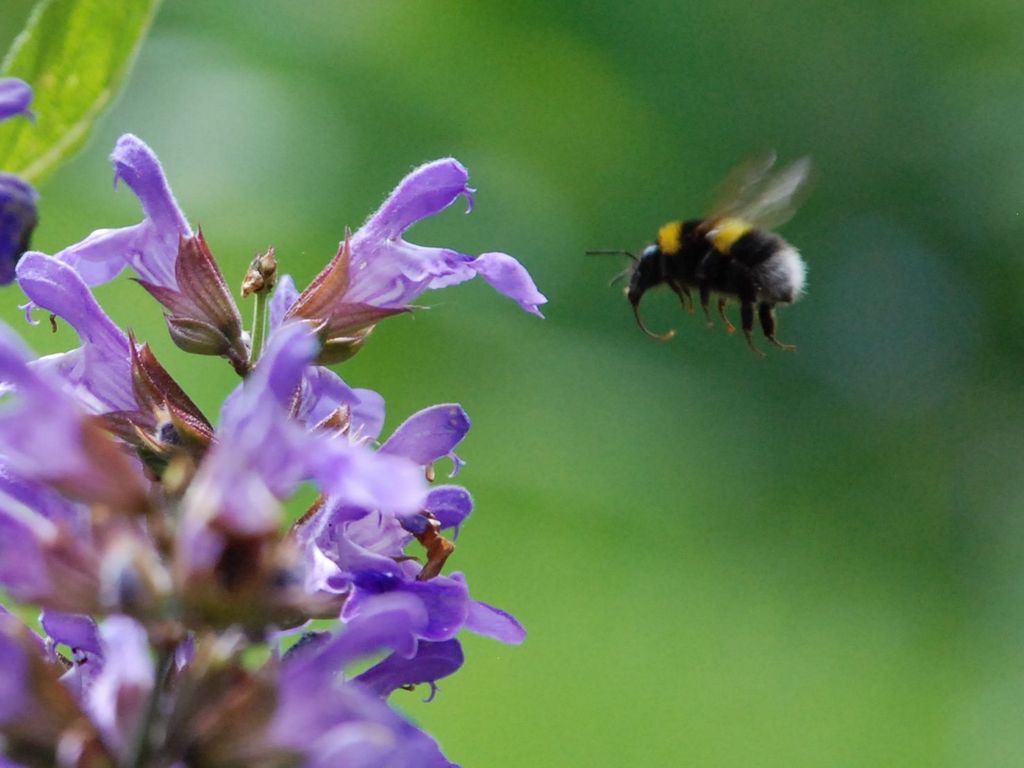

Minimal Virtues
from Mindreading
to Ethics
via Joint Action
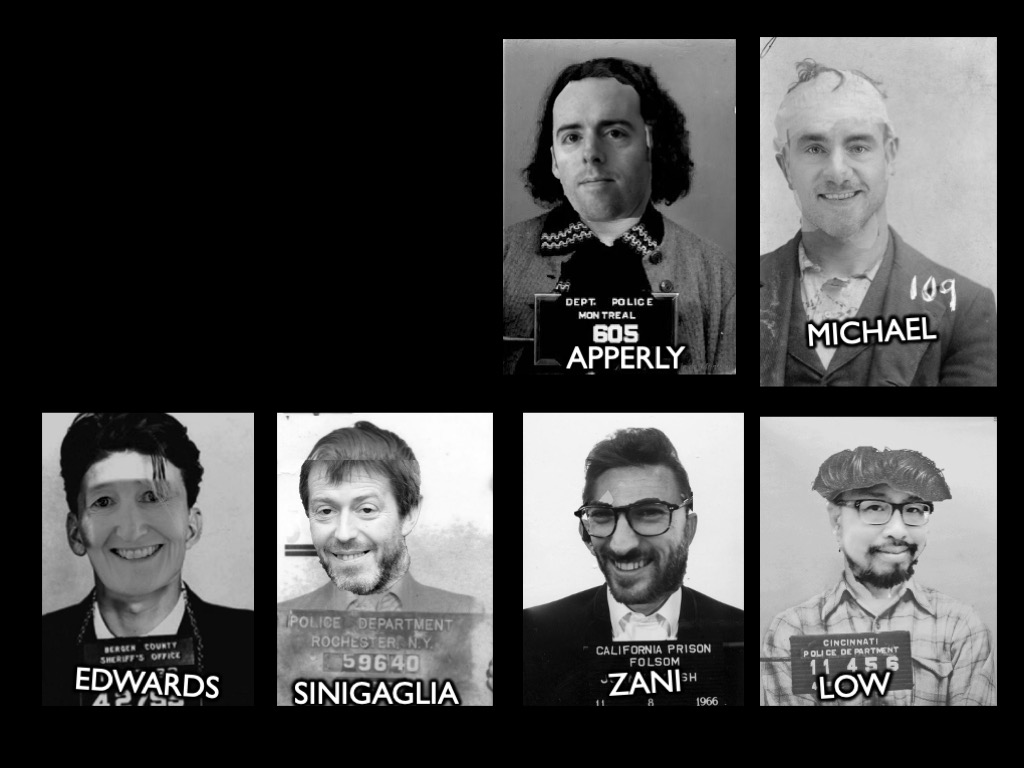
references + notes:
https://is.gd/walalor
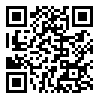
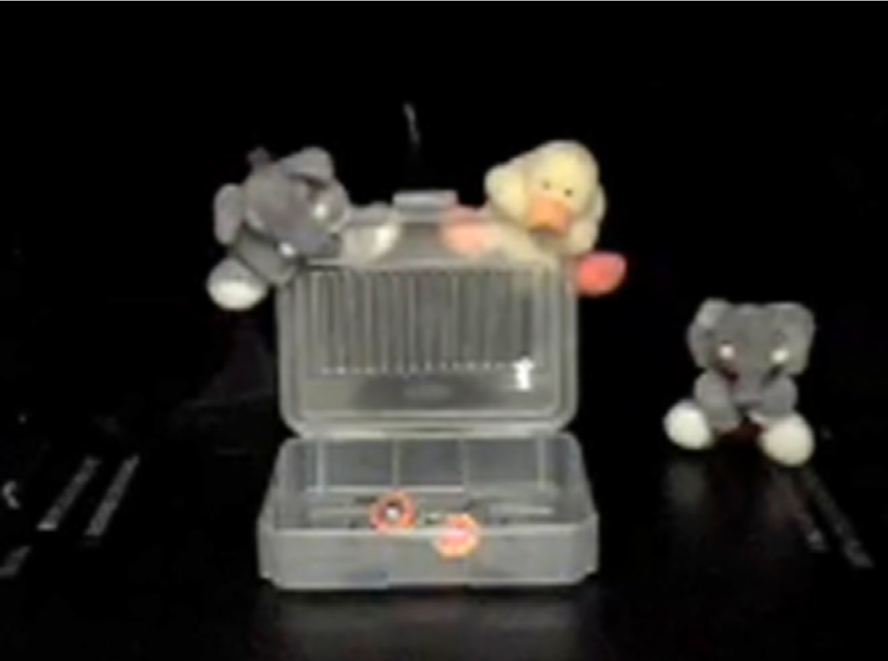
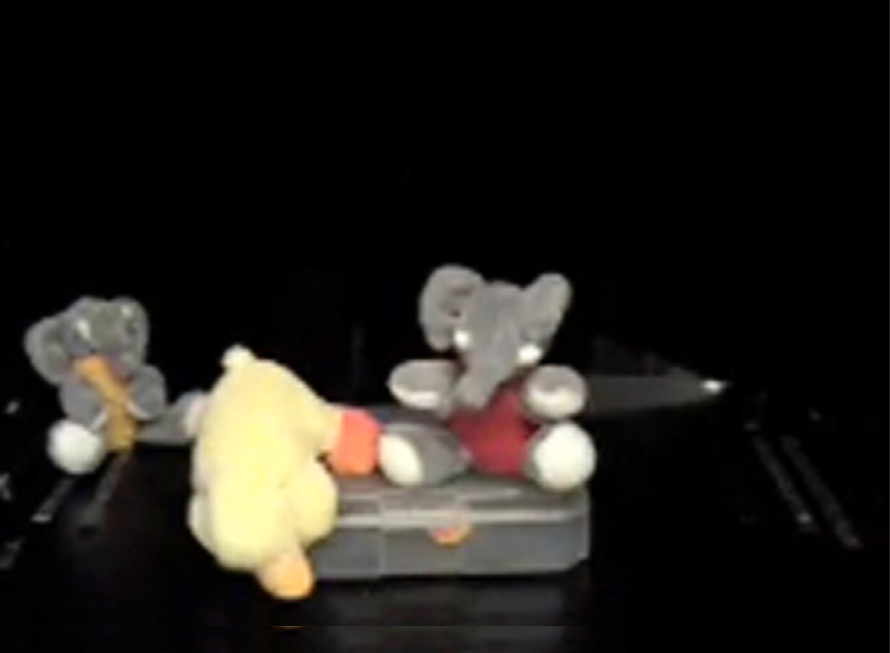
Earlier research: Infants prefer to reach for good elephant.
Now: infants see the good [/bad] elephant being treated pro and anti-socially ...
Hamlin et al, 2011 supplementary materials
Hamlin et al, 2011 supplementary materials
Hamlin et al, 2011 supplementary materials
How infants feel about the two moose?
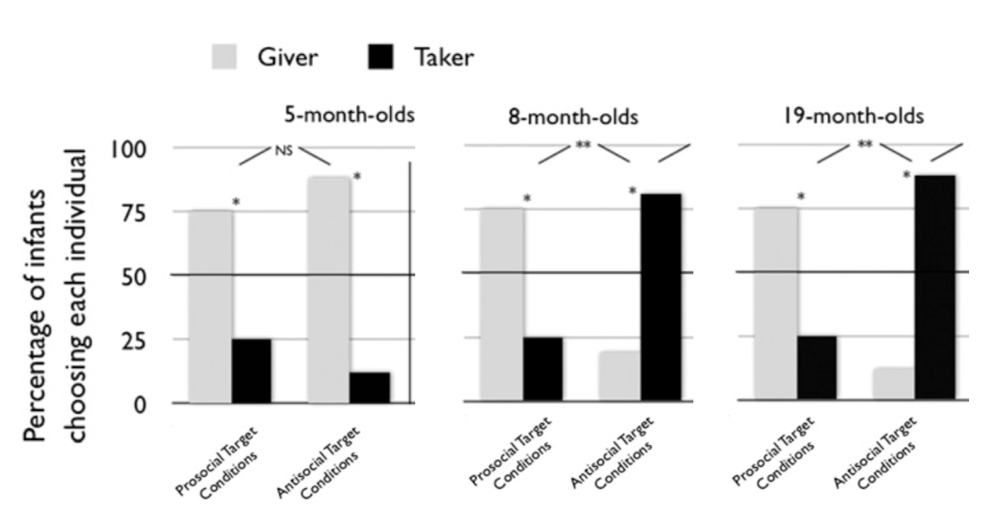
Hamlin et al, 2011 figure 1 (part)
Toddlers: giving a treat
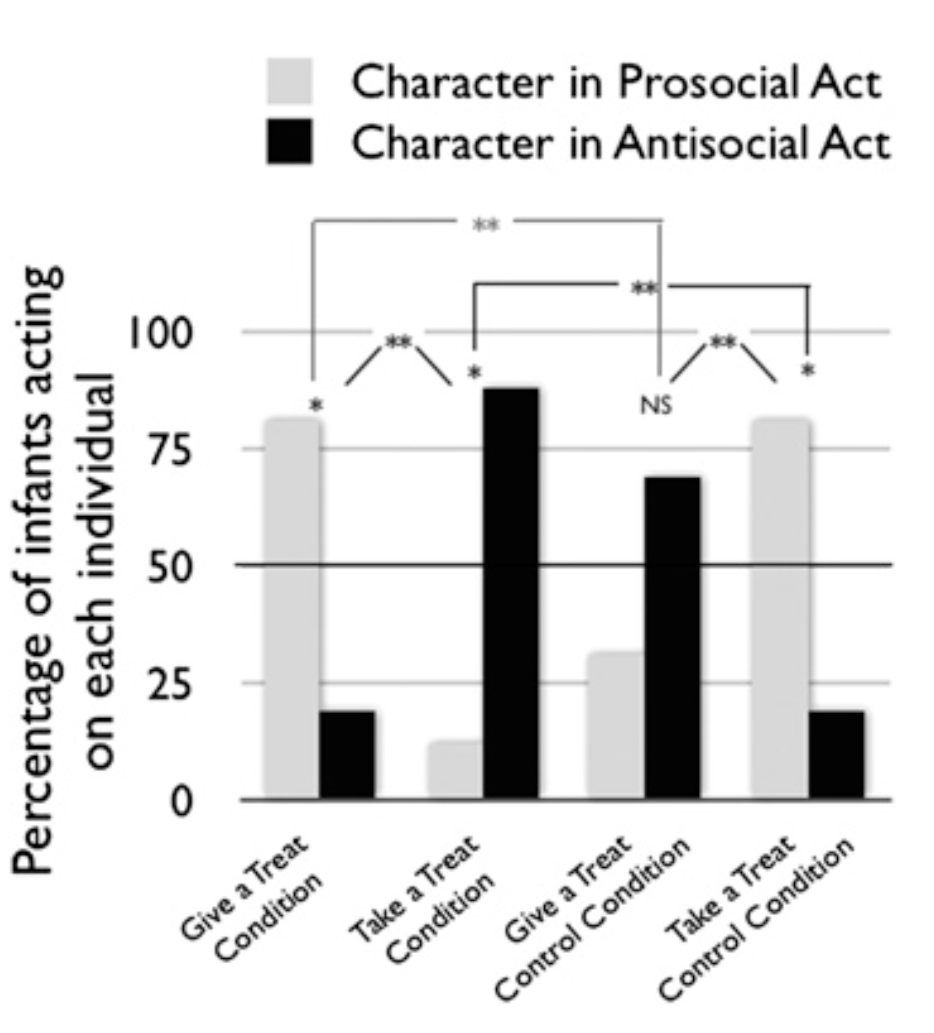
Hamlin et al, 2011 figure 2 (part)